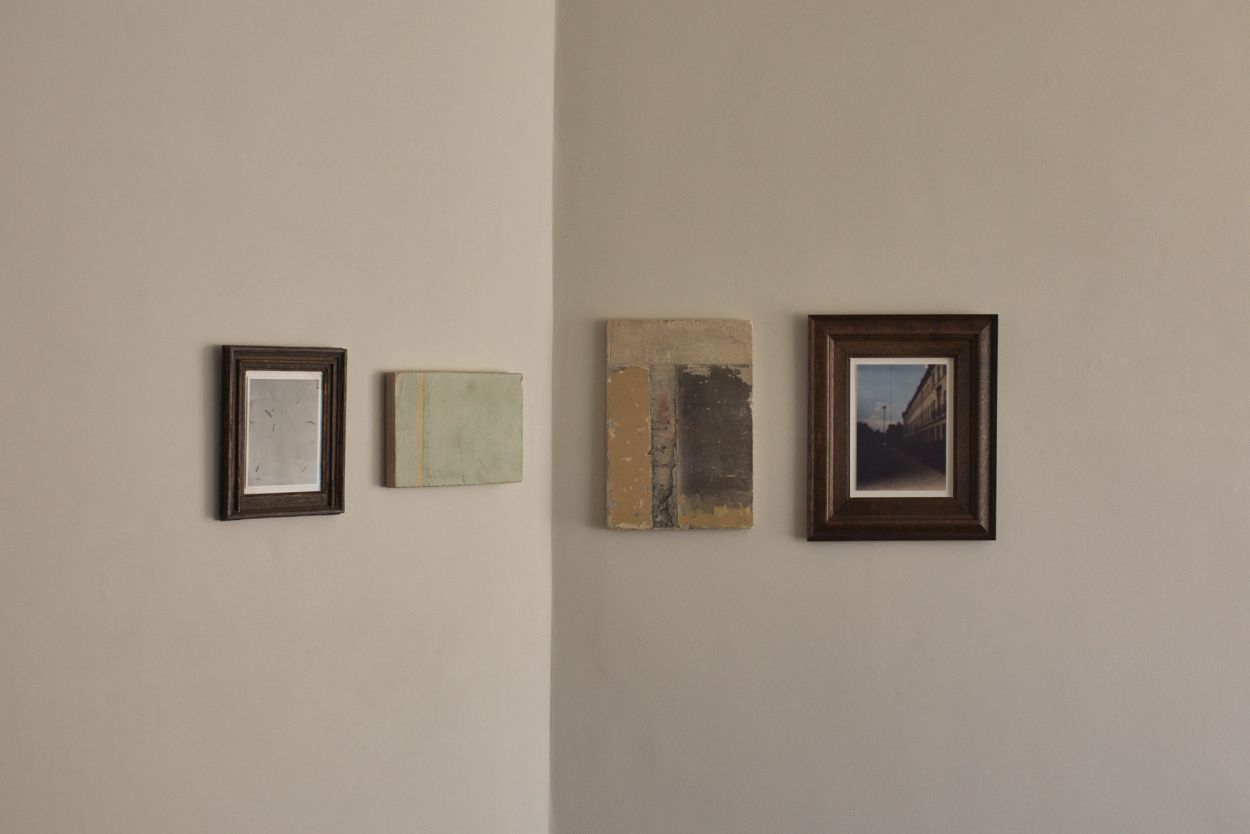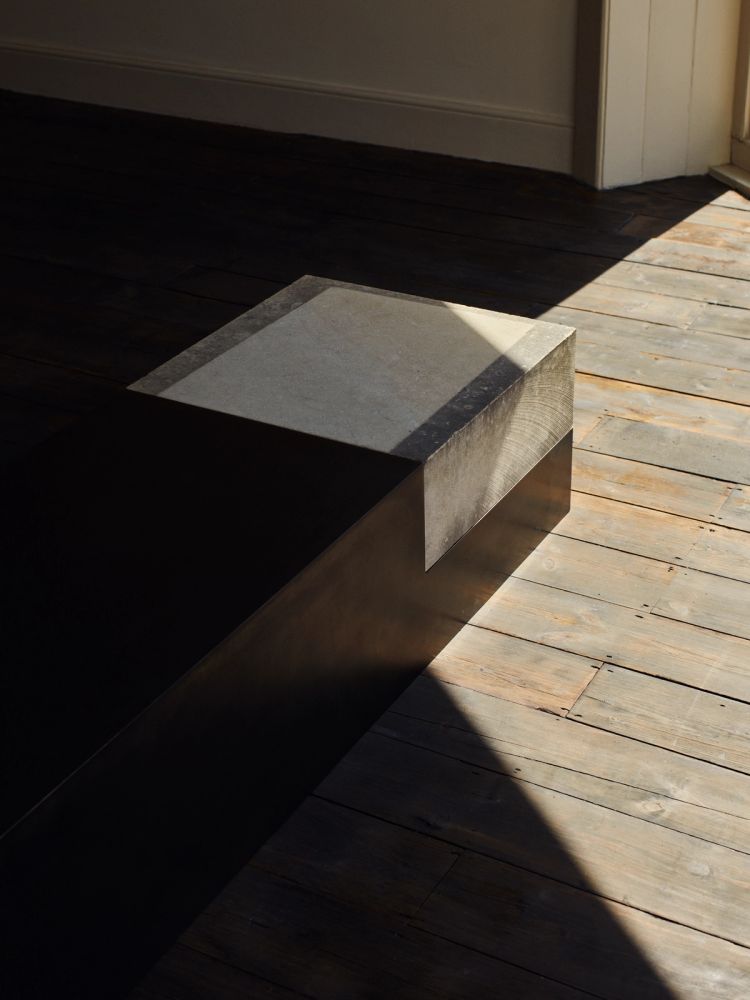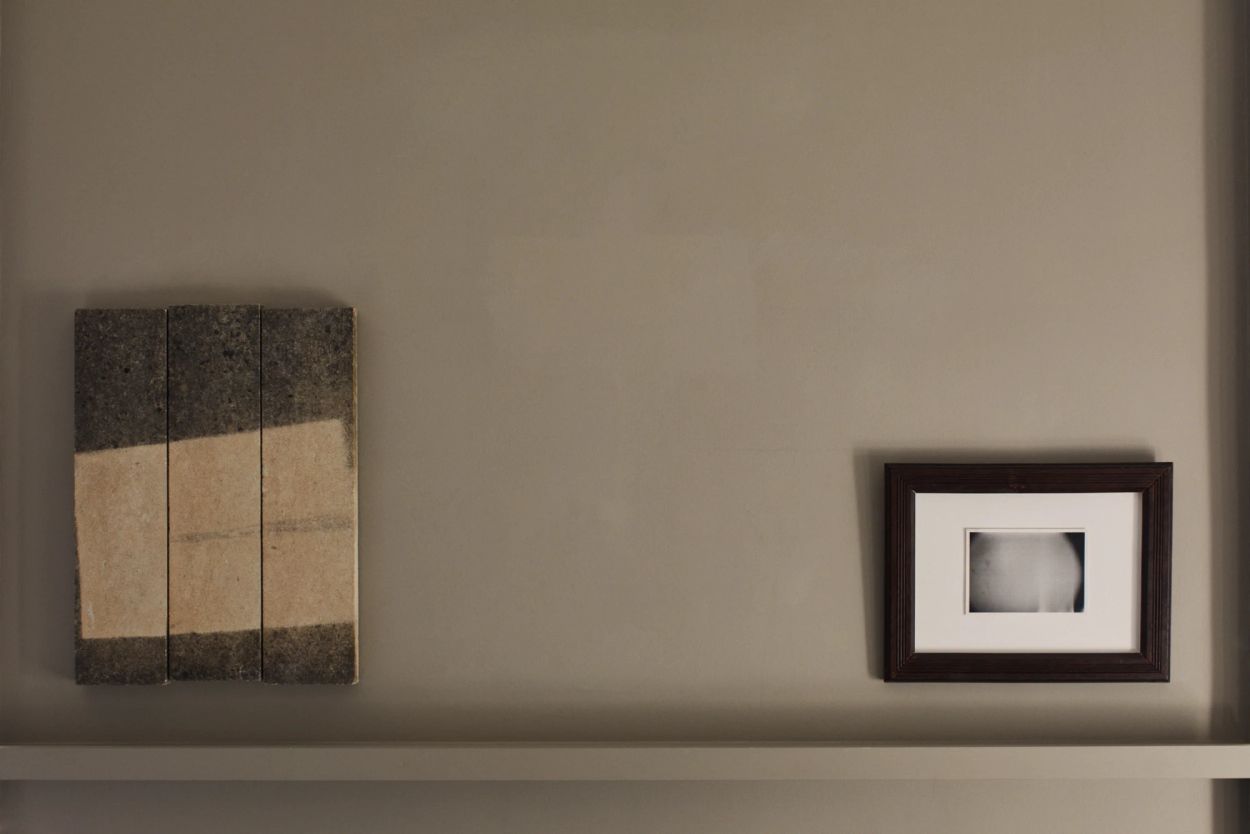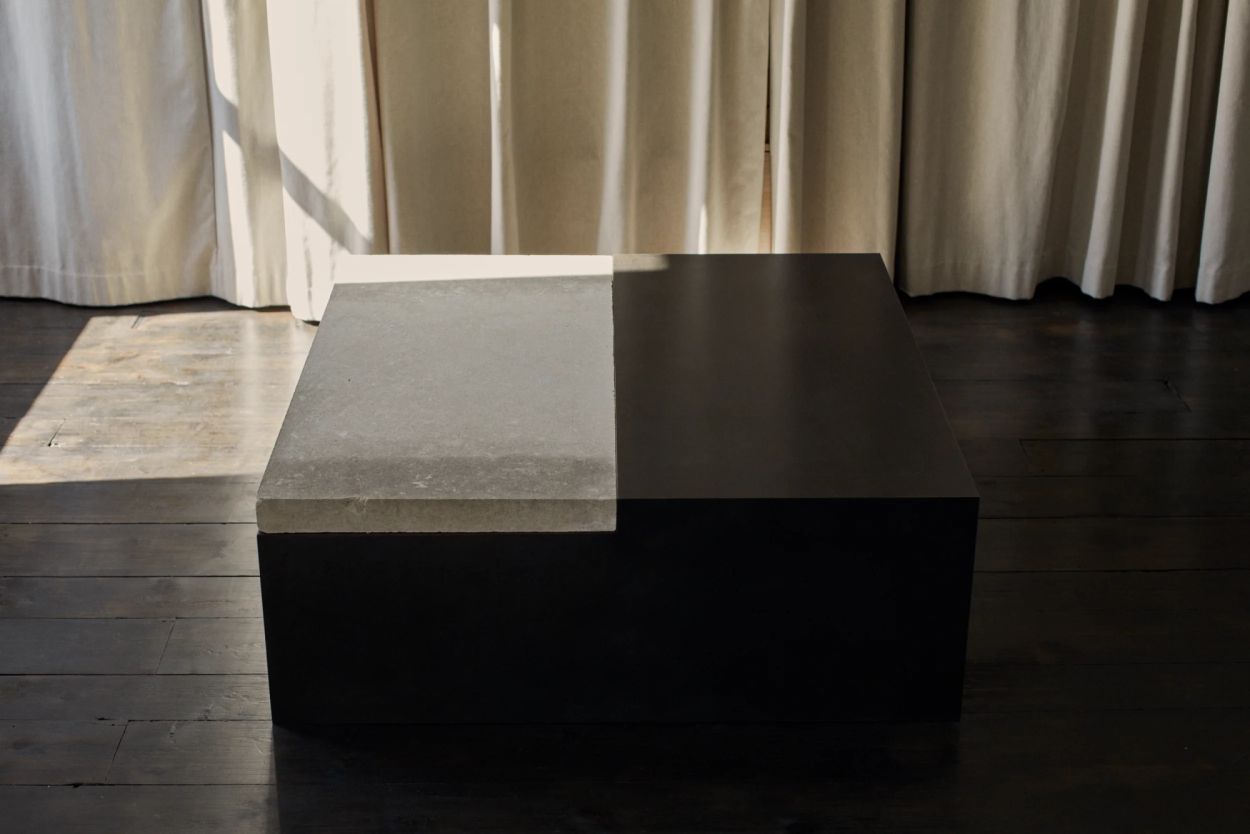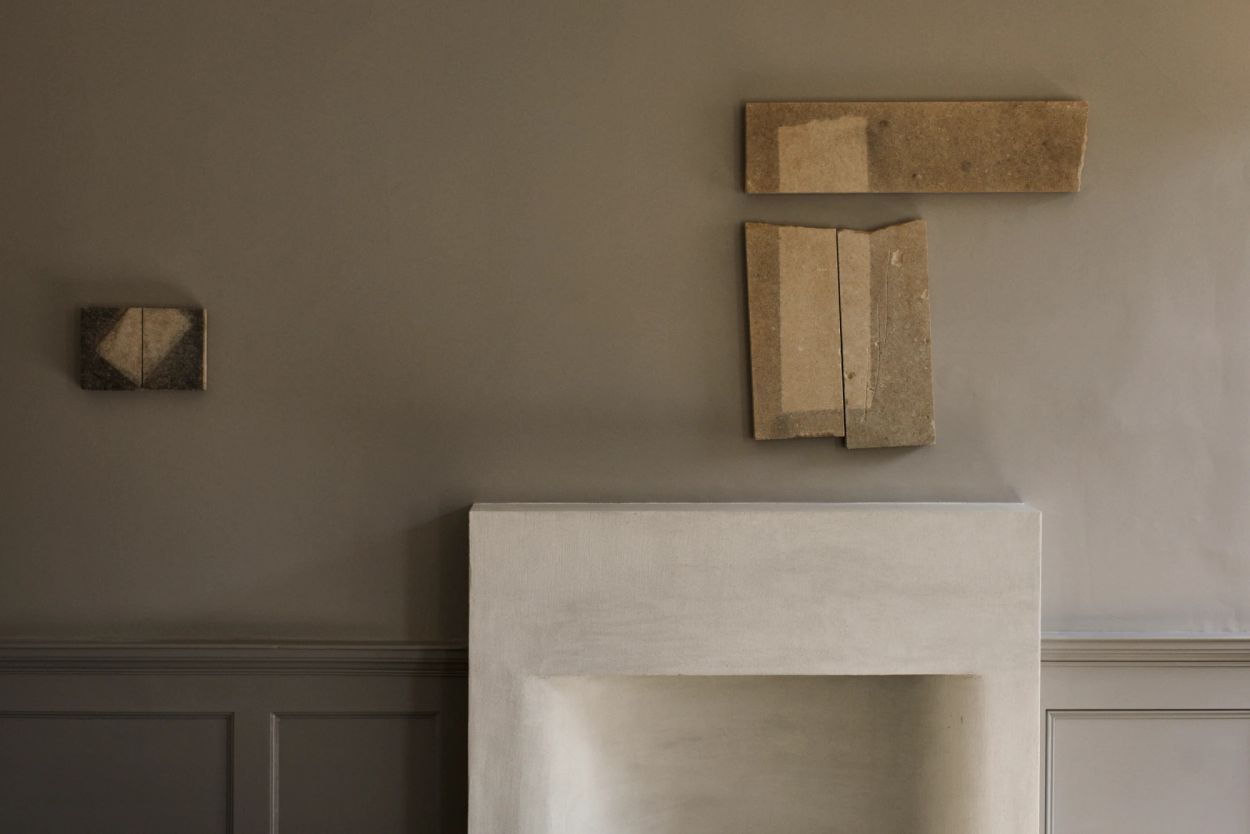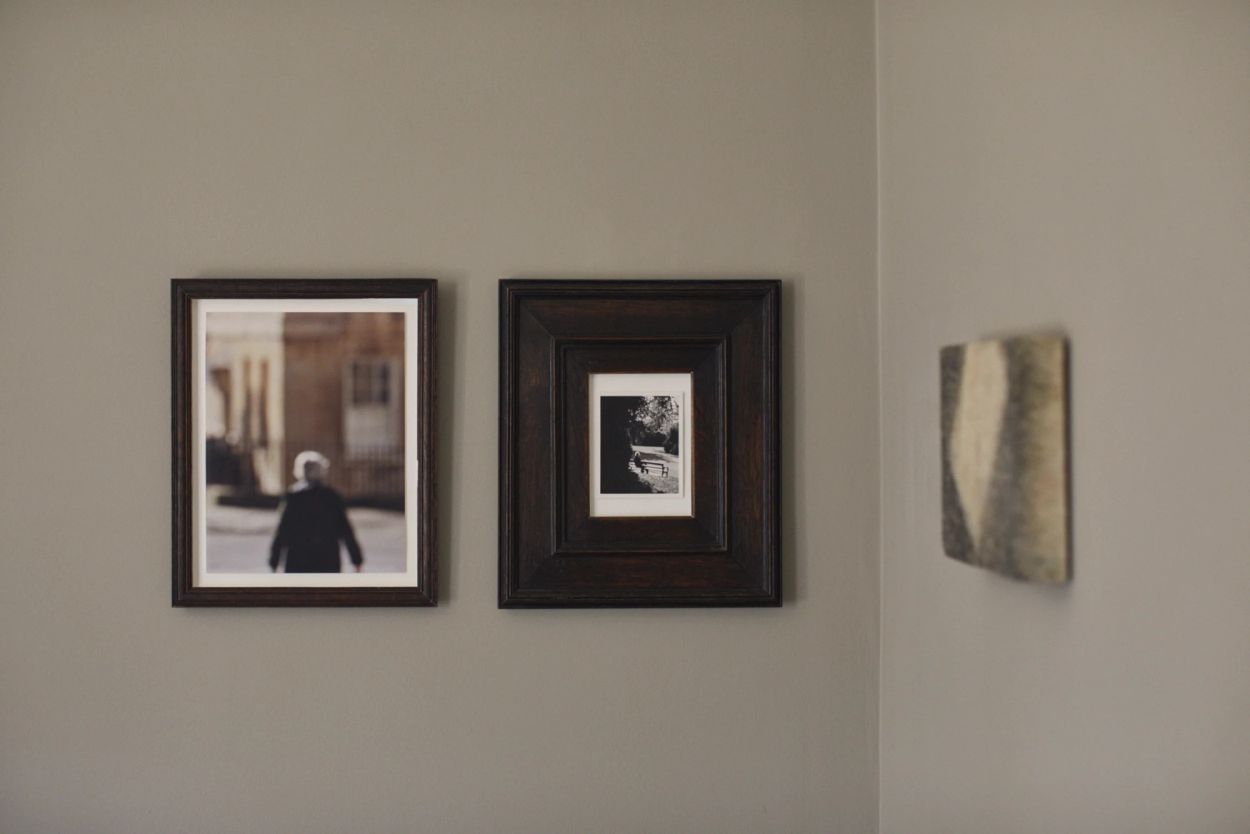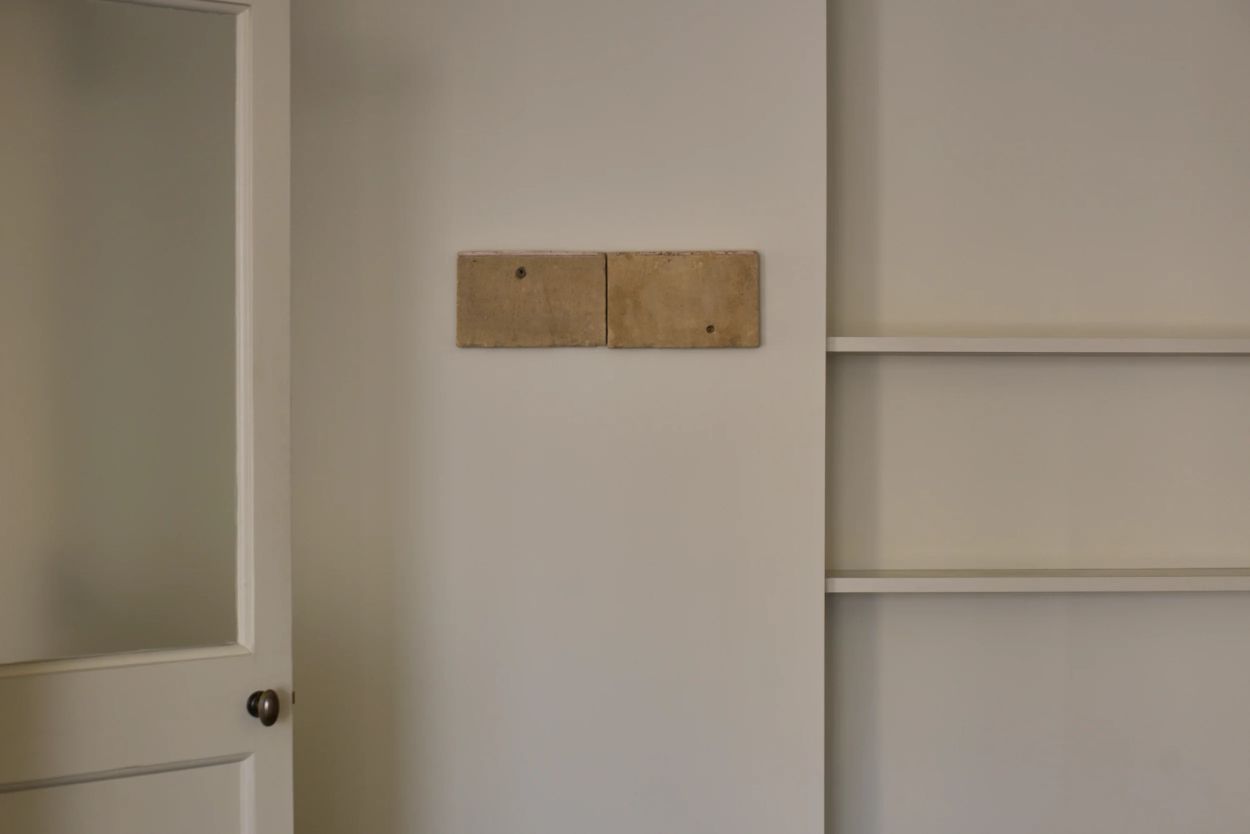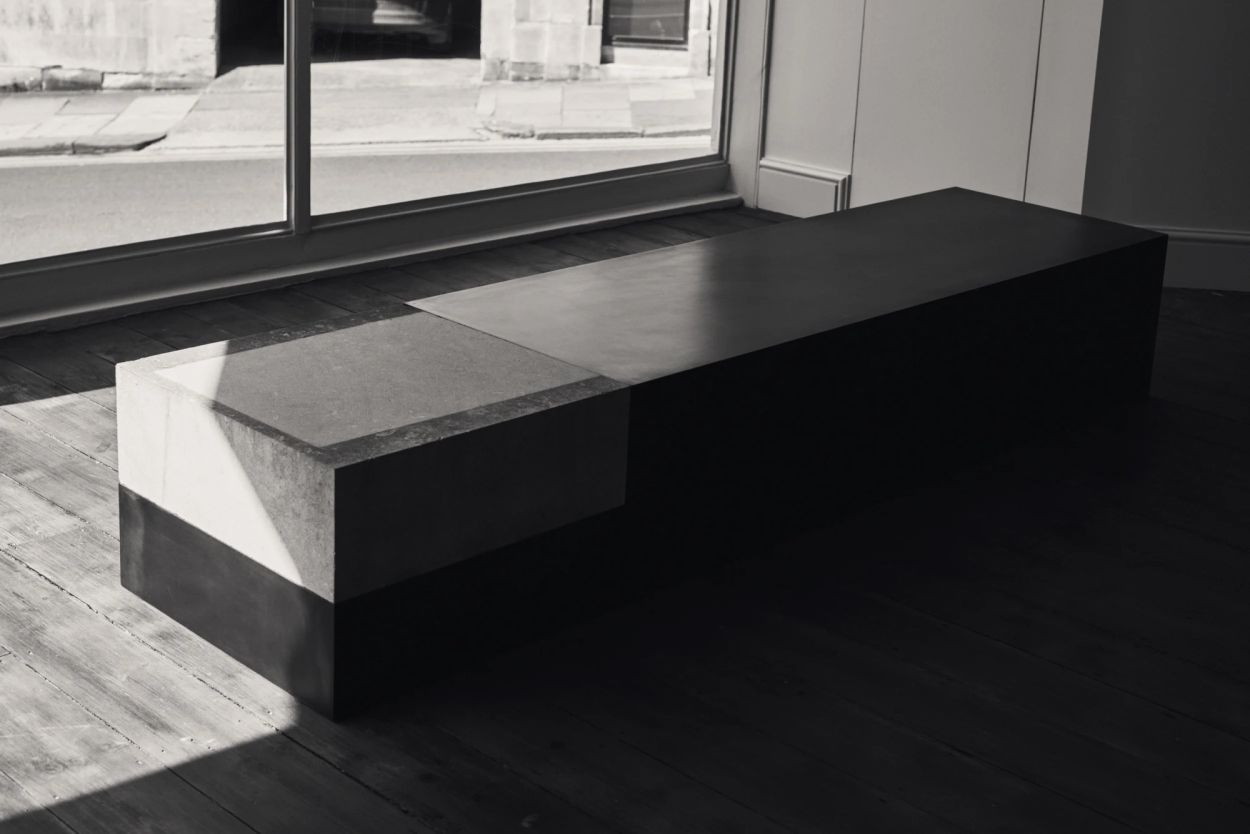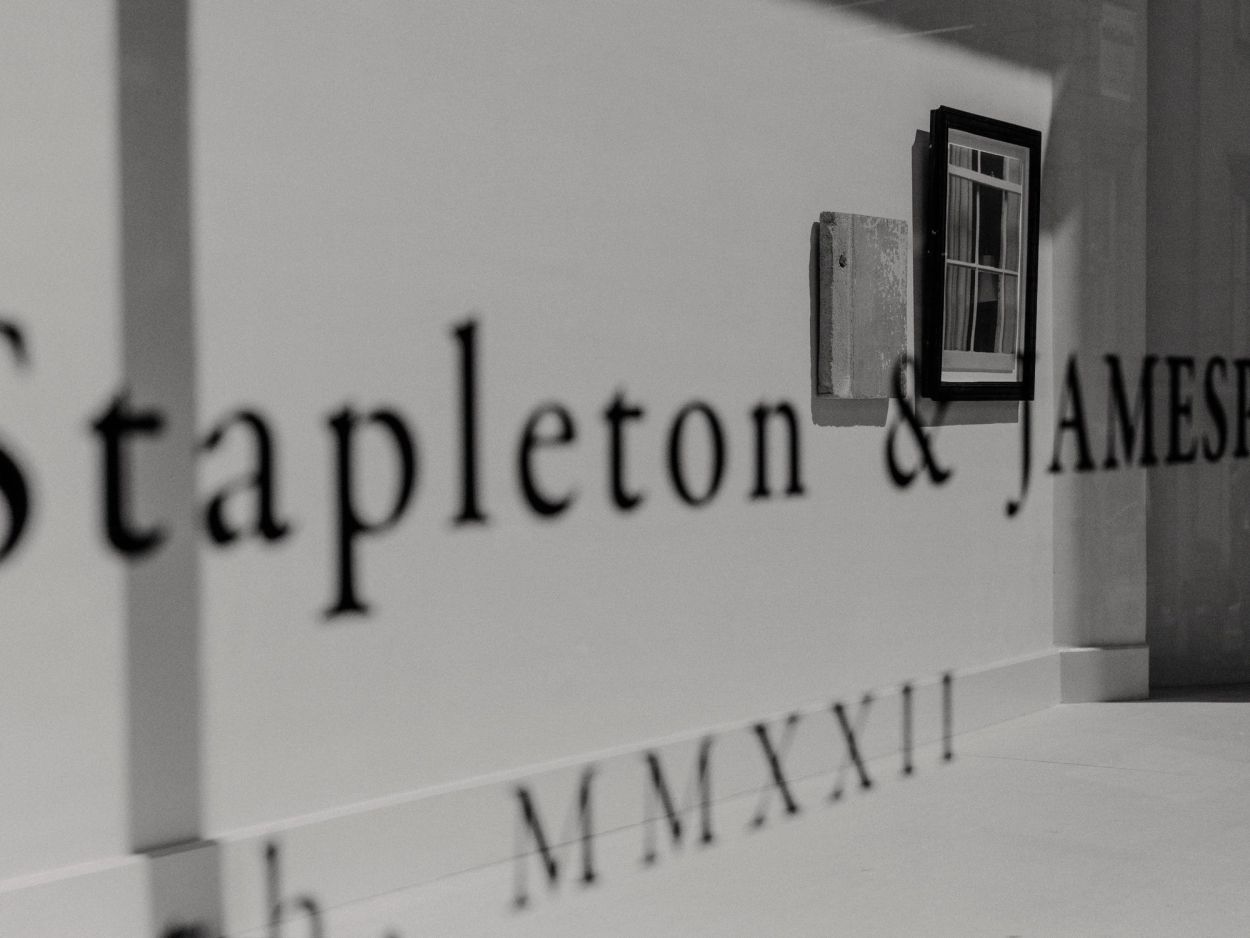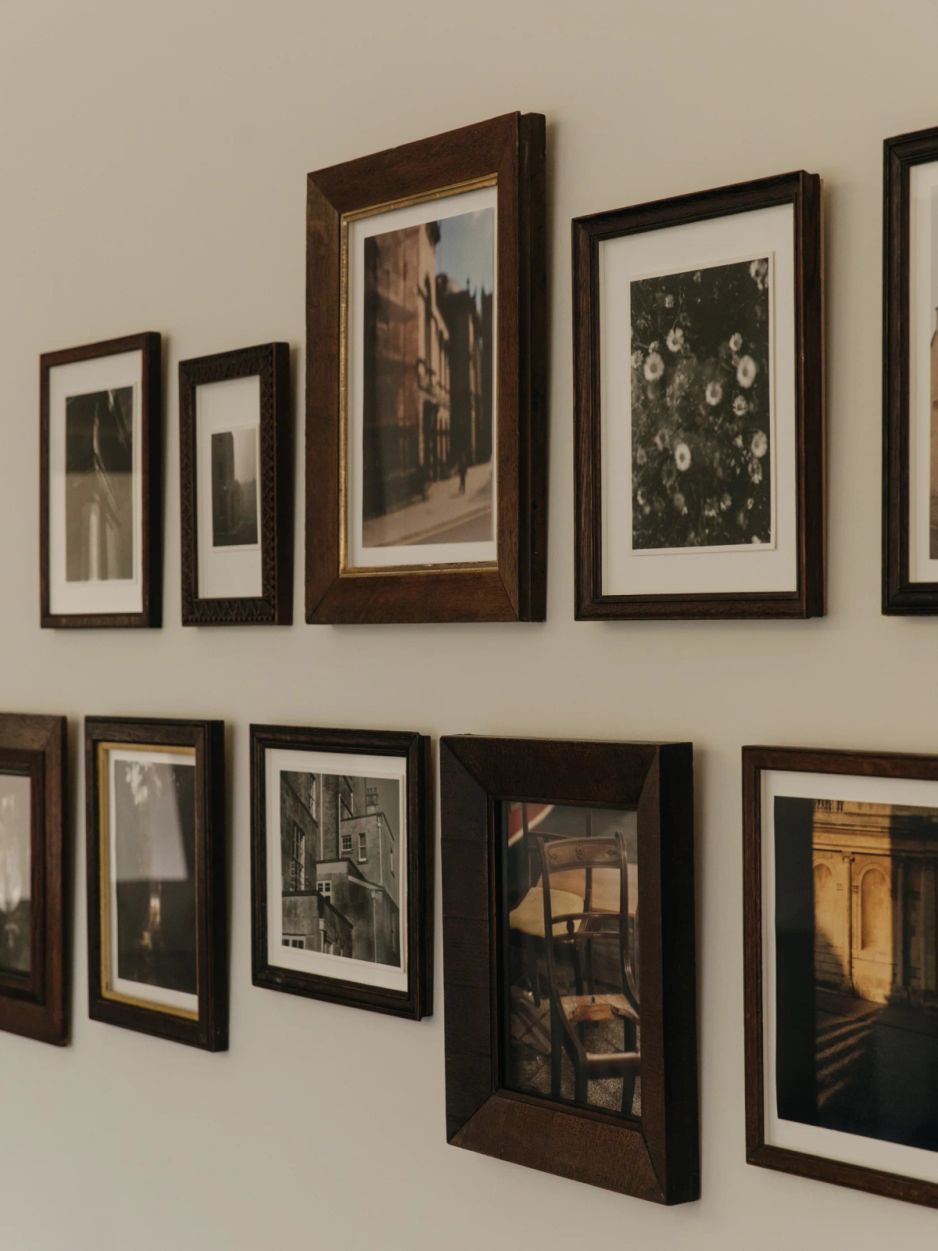Rich Stapleton & JAMESPLUMB: (Of) Bath, MMXXIIJul 14 – Sep 10, 2022
The city of Bath imprints itself on the mind like a photograph. For residents and visitors alike, the radiant stone streets and the fine-tuned clockwork of the city’s geometry conjure a place which is simultaneously an idea of a place – Bath is, and is not, itself.
That tension between the real and the remembered is captured in a series of images by photographer Rich Stapleton, gathered over the course of a decade living in the city. On reviewing the archive after having moved to Los Angeles, Stapleton saw the images in a new light. Blurring, marks, and flares indicated time worn damage to the camera – an antique Leica that had once belonged to Stapleton’s grandfather – but the disorienting quality now yielded its own aesthetic. The photographs revealed a different city from the one he had associated with home: instead, he saw a city transformed by time and distance.
“During the months working in the dark room, I started to notice that I was drawn to images that were a little out of focus or less immediately representative of Bath,” Stapleton explains. “These were the photographs that I associated most powerfully with my memory of the city. Sometimes, the more accurate a photographic representation, the further you move from the original feeling. The image becomes too specific – you lose any potential for interpretation and expansion.”
Through the expression of a highly personal vision, these photos evoke a shared experience of what it feels like to know a place – both as a physical site, and located in the space of memory. On first seeing Stapleton’s photographs, Rosa Park, Director of Francis Gallery, recognised an opportunity for an experiment in collective vision: a group of friends coming together, each applying their specific medium to disclose new dimensions of the city. The sculptural work of JAMESPLUMB acts to materialise and anchor the mercurial quality of Stapleton’s photographs; as curator, Elliott Smedley brings the two practices into conversation, introducing his own abiding curiosity in the meaning of Englishness, taste, and value.
Hannah Plumb and James Russell of JAMESPLUMB did not originally know what they would create for the exhibition – the choice of material, however, was clear. “The exhibition gave us the chance to immerse ourselves in the city – and for us, that meant working with Bath stone,” says Russell. “We had a strong instinct that the works would be related to architectural remnants, rather than carving a form out of a fresh block. So, our first point of call was to visit the local stone yard, to see what we responded to.”
There they encountered stacks of Bath stone, quarried some years before or reclaimed from deconstructed houses – a city scattered and waiting to be remade. Carefully documenting what they found, they replicated the arrangement of the blocks that caught their attention – whether due to texture, shape, or trace of domestic inhabitation. Depending upon the duration that a block had remained unmoved, the exposed surfaces had accreted layers of patina, while the unexposed sections were lighter in tone. “It felt like an inverted discovery,” says Plumb. “Entirely by accident, we had uncovered a series of stone photograms, or natural negatives.”
These works hold clues to past lives and enclosed interiors — the impression of an architrave, pink gloss paint, a rusty nail. Through meticulous stages of cutting and cleaning, the fragments have been translated to wall pieces which appear as studies in abstraction. The negotiation between surface, weight, and space is heightened by two sculptural works, in the form of monolith benches, where units of Bath stone are masked and exposed by a steel frame.
As a curator, bringing each work into correspondence, Smedley’s role is comparable to that of a stonemason or a negative cutter. “My instinct is to edit, to focus, and to sharpen,” he explains. “When approaching any project, I’m interested in identifying the story that really needs to be told. And sometimes the story itself can be resonant with ambiguity – but for that ambiguity to communicate, it has to be conveyed with strength and intention.” Smedley’s approach to curating further refines the principles that he applies as a creative consultant for global fashion houses and heritage brands: the impulse to cut through to what is live and lasting in a project, identifying the point of intersection between contemporary relevance and perennial value. Underlying the show is a critical yet celebratory deconstruction of Bath as an icon of Englishness; a formerly fixed idea becomes fluid and generative, opening the way to new perceptions of beauty.
That city, that idea, belongs to every individual who finds themselves here – whether on the street, or in the gallery. The works in the show, the spaces between, the light which enters, and the city which is seen – are all part of a remaking that finds its next and unfinished form in the eye of the beholder.
Words
- Matilda Bathurst
Featured Works
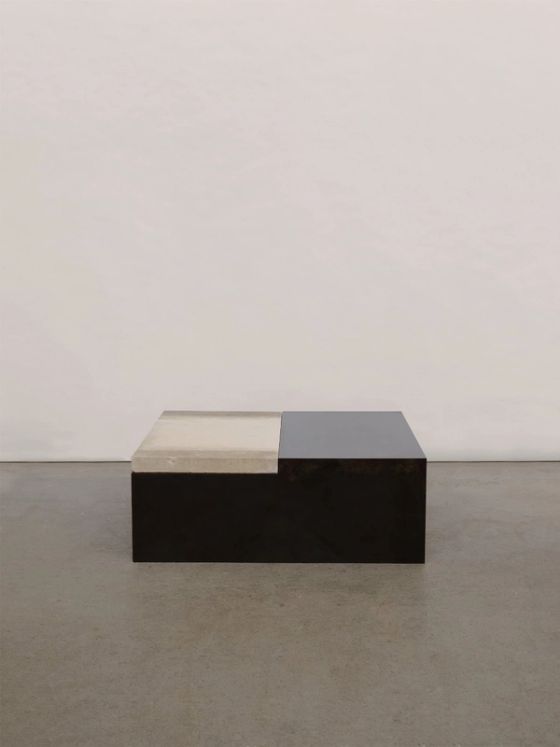
 Bath Gallery
Bath GalleryJAMESPLUMBSitting. Weighting. I, 2022
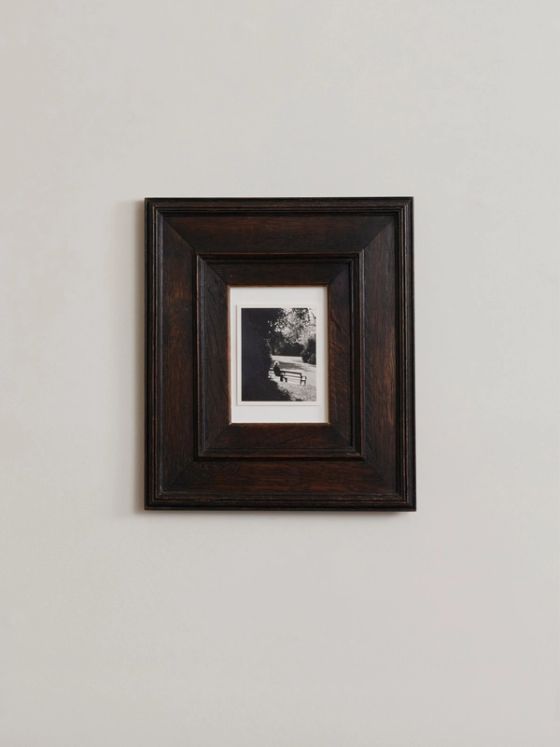
 Bath Gallery
Bath GalleryRich StapletonXX, 2022
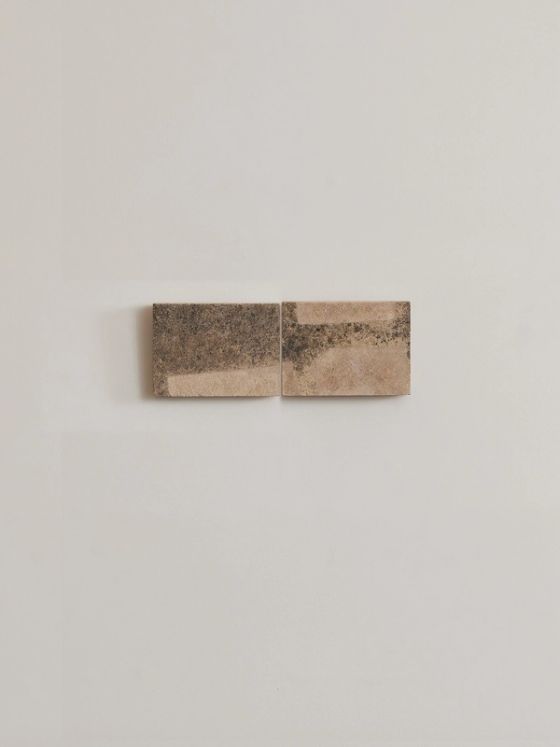
 LA Gallery
LA GalleryJAMESPLUMBStone (Weathered) XIV., 2022
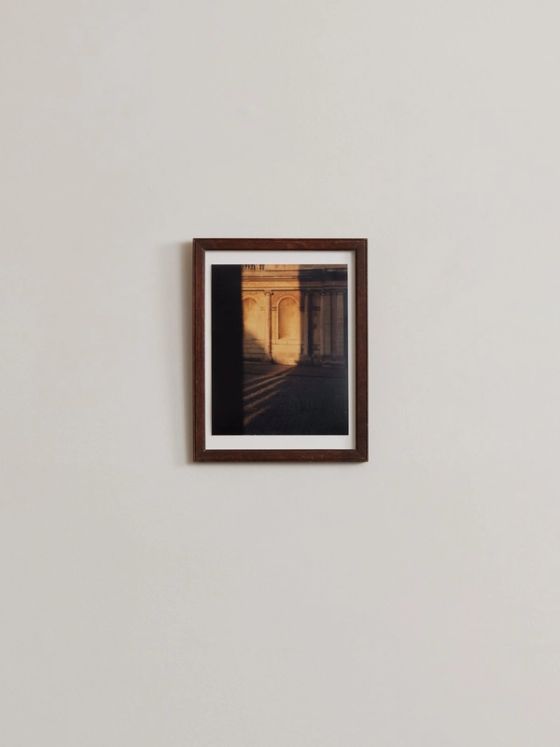
 Bath Gallery
Bath GalleryRich StapletonXVII, 2022
Featured Artists
- JAMESPLUMB
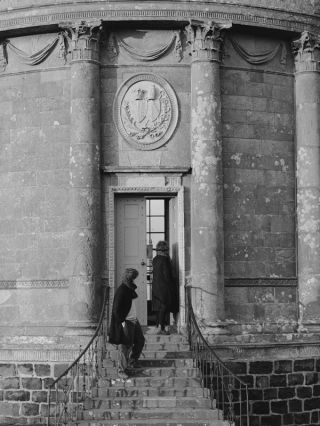
For Russel and Plumb, the distinction between art and design is blurred and interchangeable, both in their own work and in their perception of the world. A table becomes an artwork, or a sculpture becomes a chair.
- Rich Stapleton
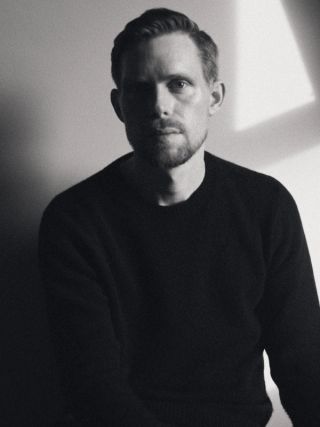
Stapleton’s eye for organic form and the implicate geometry of the natural world allows him to recognise the continuity between human making and living systems. These are images that express a quiet reverence for existence.
Related exhibitions
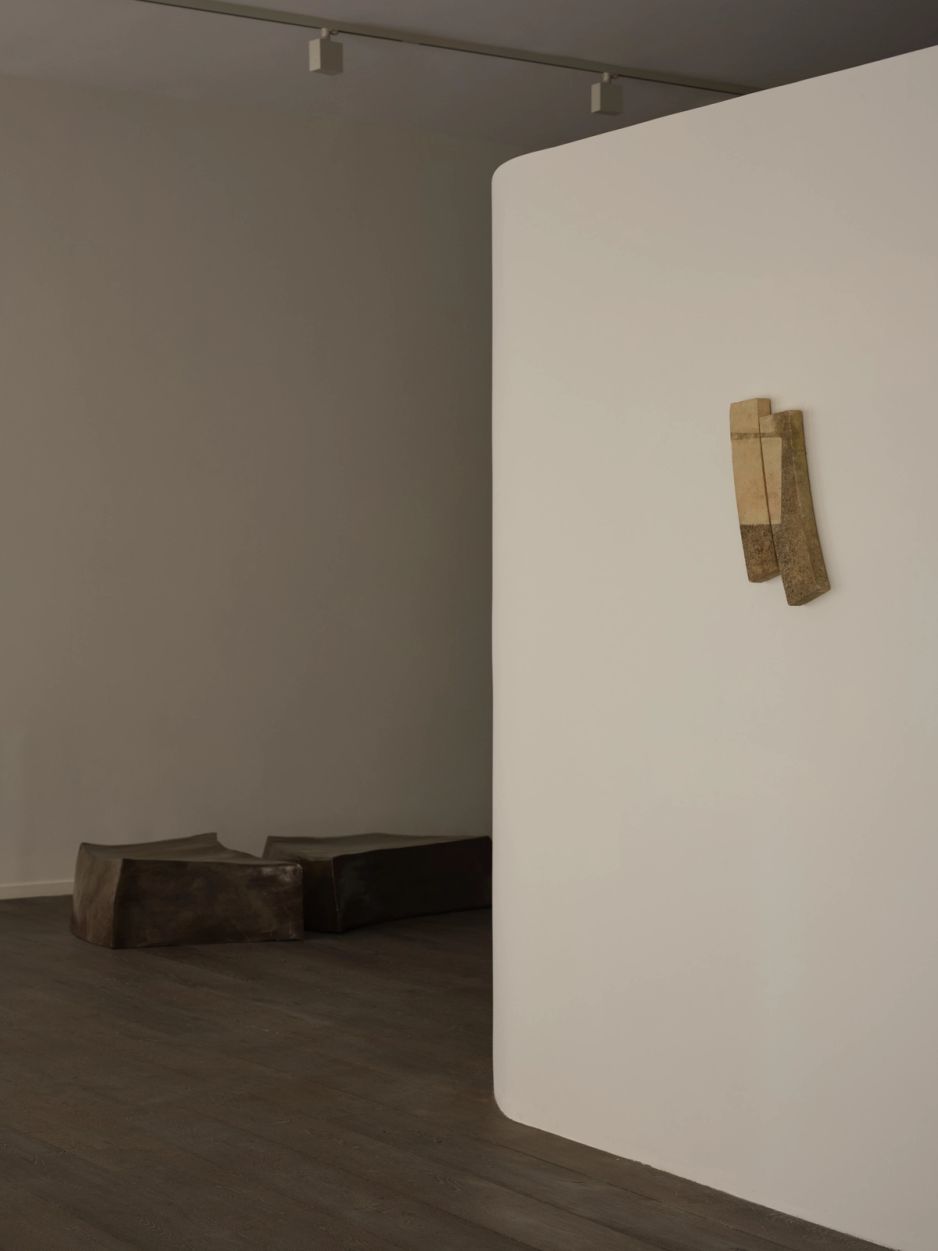
There is a purposeful ambiguity at play – a looseness of language, a surplus of meaning, a defying of categorisation. Embracing multiplicity, these works are a reflection of their makers, the artist-designers JAMESPLUMB and Garcé Dimofski.
